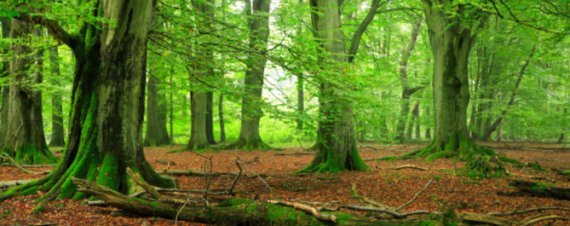These facts have emerged from Alterra’s latest forest inventory, conducted at the behest of the ministry of Economic Affairs. A team of five people spent a year measuring 85,000 trees at almost 3200 locations. This is the sixth time such an operation has been carried out since the nineteen thirties. The biomass in the forests has increased by 16 percent (32 cubic metres per hectare) since the last inventory 10 years ago. That is the result of natural growth and relatively little felling. About 1.3 million cubic metres of trees are felled annually. But that is only a little more than half of the wood that grows every year. In more than 40 percent of the forest there has been no felling at all in the last 10 years. The figures suggest that there is scope for more felling, says Mart-Jan Schelhaas, who is involved in the project on Alterra’s behalf. ‘There is no less felling than there used to be, but the potential has increased. I am not saying there is not enough felling, either. It’s not a question of good or bad. We are flagging up trends, and it is up to the managers and the politicians to say what they want to do about them.’> At the moment, forests are developing which will not be able to meet the demand in future — Mart-Jan Schelhaas
One of the trends is the shift from conifers to deciduous trees. Currently, they are present in almost equal numbers but the proportion of conifers has gone down by five percent in the last 10 years. That is because more conifers are felled and more deciduous trees are growing. Schelhaas: ‘The industry mainly wants softwood. But at the moment, forests are developing which will not be able to meet the demand in future.’The inventory delivered a wealth of data. Dutch forests are getting older, for instance. The coniferous forest is 67 years old, on average, and the deciduous forest 58 years old. It will come as no surprise that Gelderland is the most forested province (102,000 ha), followed by Brabant (76,000) and Overijssel (38,000). Zeeland has the least forest at 3700 ha, which is four times less than Flevoland. As to species, between them the Scots Pine (30 percent) and the Common Oak (17) make up half of all the trees. In total, there are 373,480 ha of forest in the Netherlands, covering 11 percent of the entire land surface in the country.

